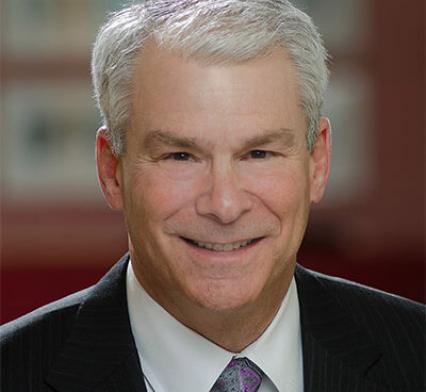Optimizing Workspace To Optimize Results
How is your office configured? And is it maximizing, or detracting from, your employees’ productivity?
This question is looming large for me right now, and I know that many of my colleagues grapple with it too. In fact, I suspect that the scenario my company is facing will resonate for many of my readers.
Our main office in Lowry is the kind of traditional building you’d find in any suburban office park. Most of our 650 employees work in cubicles, and our leaders have offices with doors. We have some hoteling space, some open workspaces and lots of small conference rooms that employees who don’t have offices can use for 1:1s.
We have about 40 employees, though, who have been working off-site in our Cake Insure subsidiary in lower downtown. Cake has a completely open floorplan with no cubicles or offices. There are designated “dark” and “quiet” rooms where developers can hunker down when they need privacy, and collaborative spaces for groups to work together when they need to.
To facilitate collaboration between our teams on key initiatives, we’ll be consolidating all our employees in the Lowry location. And, as you can imagine, some of our Cake employees are concerned about losing the work environment they love. So we are piloting a reconfiguration of one floor of our building to create a more open workspace in which our Cake and Pinnacol employees will work together.
Notice that I describe this as a pilot. Because we really don’t know whether a more open, or a more traditional, configuration of our office will work best. Like you, I’ve seen the research both pro and con about open office arrangements. Some surveys say employees love them, others say the opposite. Which should you believe as you’re contemplating a potentially significant change for your employees?
The question to start with is: what are the outcomes and behaviors you want to incent? Do you want more collaboration? Or more focused attention on tasks? Interestingly, open floorplans may deliver results that are precisely the opposite of what you expect. A November 2019 article in Harvard Business Review features a recent study of firms that switched to open offices, and saw face-to-face interactions fall by 70%. What that statistic doesn’t tell you, of course, is whether it was a good or a bad thing. Did productivity increase or decrease as a result of those reduced interactions? Did the companies lose out on beneficial interactions, or just time-wasting ones?
Another way to think about it is: do you want a given team to focus internally, or to collaborate with other teams? The same HBR article cites a company that locates its coffee machines to facilitate the type of interactions it wants. They put coffee machines in the middle of a team’s workspace if they want that team to concentrate internally; when two teams need to collaborate, the coffee machines are located between them.
Again, we all have to start with, as Stephen Covey said, “the end in mind.” What outcomes do we want? What behaviors will help us achieve those? And what kind of physical space can facilitate those behaviors? I’ll keep you posted about how our experiment works, and I’d be interested to hear from any of you about your own experiences.
